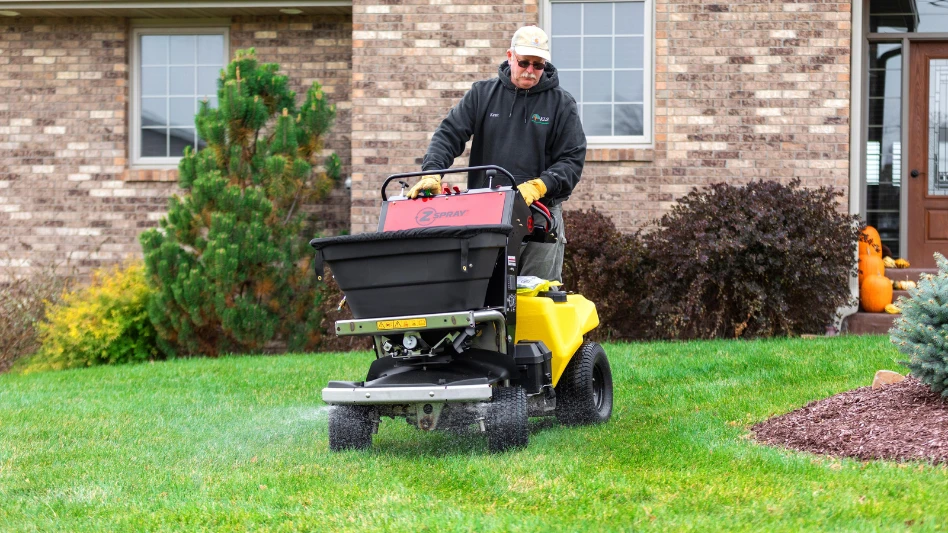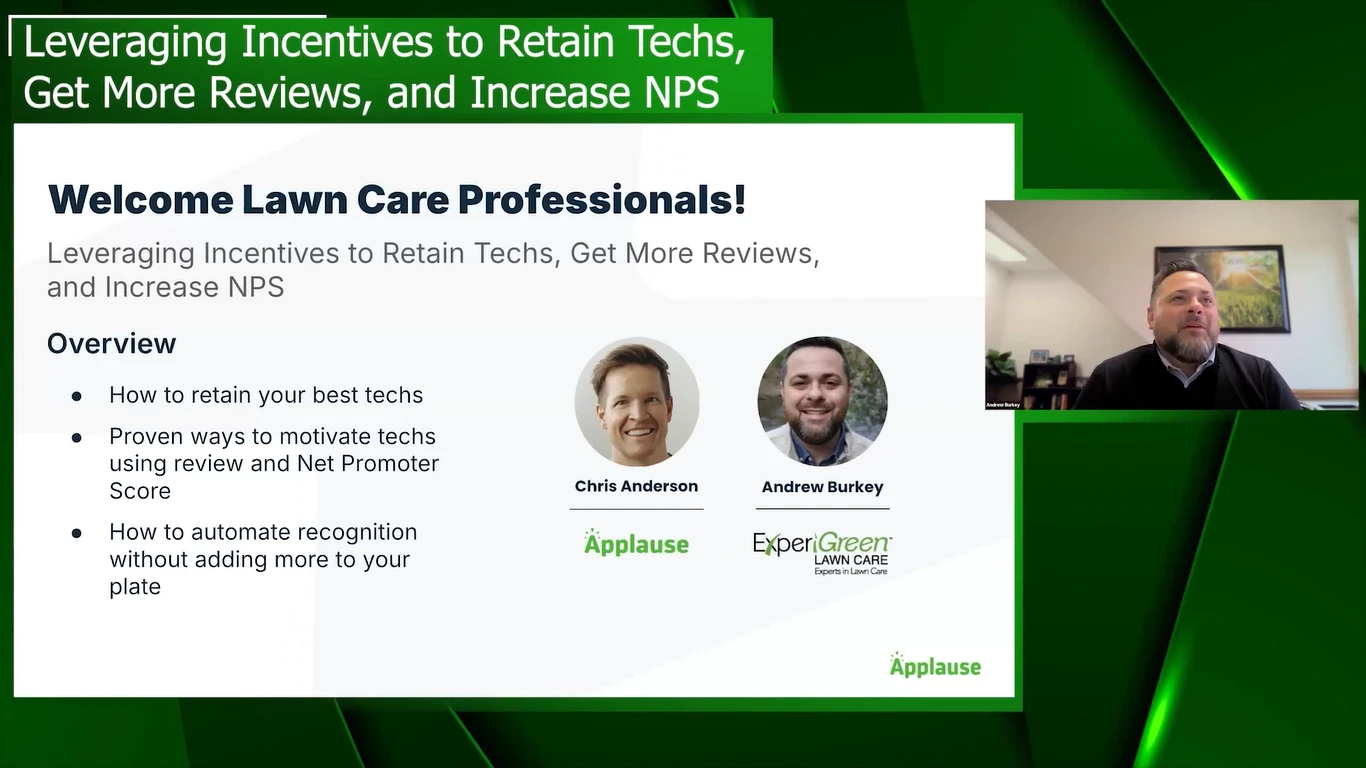Pat Combs has spent nearly 40 years making the unconventional successful in the world of real estate. Now, in one of the toughest markets ever, she keeps succeeding by thinking and doing things differently than her counterparts and by coming up with creative win-win ideas that can help her business partners – like folks in the landscaping business.
Born and bred in Grand Rapids, Mich., she found a job as a receptionist in the then male-dominated world of selling and buying houses. She watched the salespeople and quickly figured, “Holy cow, I can do that,” and got her license in 1971. She soon found a niche working in the more modest end of the market, but was frustrated by some of the discriminatory practices she witnessed that kept people from the homes they wanted. The era of red-lining and other discriminatory mortgage practices led her to start speaking out and getting involved.
Her political interests in equal opportunity issues helped her rise quickly through the ranks of the local and state Realtors associations, and she soon found herself involved nationally as well. She eventually was elected president of the National Association of Realtors in 2007. Lawn & Landscape got in touch with her to get the expert perspective of one of the most prominent Realtors in the nation on how landscapers can turn participation in the buying and selling process into profit.
How are things in Grand Rapids given the automobile industry and the Rust Belt image some people might have?
I was raised here, so I’m not unbiased. We’ve seen lots of changes, but nearly all of it has been positive. The city has evolved into a very metropolitan place with a diverse population. We have a vibrant downtown and younger folks are moving in. It’s morphed into a fantastic place. Hey, we’re in Michigan and the market is tough. But Grand Rapids is a shining star because we do have job creation. The auto and accessory business is hurting, but we have the world headquarters of Amway and three of the top office furniture makers here in the Grand Rapids area. We also have a huge cancer research center and Michigan State University medical school, so the medical economy is very strong here.
So, houses are selling?
The new $8,000 first-time buyer tax credit has kicked our market up incredibly. By the way, that’s a great opportunity for your landscapers. The new buyers with the tax credit are often first-time home buyers who don’t have a clue how to maintain a lawn. It’s a perfect opportunity to attract customers who’ve only seen Dad or Mom do it. Why not put on a seminar for first-time home buyers? For sure you should have something on your Web site that targets them. These people who are coming into the marketplace really want this.
On a national level, how can our two industries collaborate?
The two markets really play together. The big picture is that one of the things we’re doing at NAR is focus on sustainable property design. We formed a Green Resource Council, because it’s obviously the future. It would really work well if the industry associations could talk and leverage some of the educational opportunities. There’s a real opportunity for cross-pollination between our council and PLANET. A lot of the stuff we’re teaching has to do with plants and grass. Why don’t we use the expertise of one to help the other?
How about more locally?
My goal is to sell houses. What part does landscaping play in that process? Here’s one story: A friend of mine had a listing that wasn’t selling. It was a bi-level with huge evergreen bushes in front. They went to the top of the front windows and were really an eyesore, but the sellers loved them.
The agent was working with a local TV station to do home makeovers. They had a budget to fix things up and the sellers agreed to the idea and left town for a couple of weeks. The makeover people brought in a landscaper, pulled out the bushes and re-landscaped with new sod and small plantings that fit the scale of the house.
So, the sellers came back and said, ‘Take our house off the market!” It wasn’t the outcome we expected, but we want sellers to be happy and I guess they were.
What about other eyesores like foreclosure properties?
What I’m finding is on unoccupied properties, owned by banks or third parties, lawns are a mess and give away the fact that they’re vacant. You can spot the foreclosures immediately because the grass is a foot tall. The banks will consolidate 90 or 100 foreclosures with one or two listing agents, so they don’t have time to mow or do maintenance on all the properties. It really tears down the value of all the homes in the area.
I’d like to challenge the landscape community to help. Just mowing those lawns would make a huge difference to those neighborhoods and would be great PR for the firms involved. The companies can partner with those neighborhood associations, banks, etc., to coordinate the process and maybe cover their costs.
From your perspective, how much does landscaping at a house contribute to its curb appeal?
It’s largely regional and by neighborhood, but there’s one constant: Neatness is the most important thing. Big or little plants – they must be trimmed – and the grass needs to be neat. To clients, neat is really, really important. Edging is critical. You only have one chance to make a good first impression. If there are leaves or messy areas, it implies that if they aren’t keeping up the lawn, they aren’t keeping up the house. It’s the doorway to the property.
Also, a lot of people think bigger is better when it comes to shrubbery, but it isn’t. A lot of older sellers planted bushes when they built the house and it gets overgrown and overwhelming. It changes the buyer’s whole perspective on the house. Get rid of that old growth.
Any NAR study findings or data that support that concept?
We do a profile on home feature preferences. Half of all recent buyers considered professional landscaping very important in their decision. Curb appeal is obviously important, but the study showed regional differences. Among buyers in the South, 40 percent said a porch was important. In the Midwest, they want a deck. In the West, it’s a fence.
Do you work directly with certain landscape contractors?
I have a list of folks I’ll recommend, but it’s often for the buyer. There really should be a more formal relationship between Realtors and landscape firms. I partner with home stagers who work by the hour to re-arrange and organize the inside prior to a showing. Why wouldn’t I do that with landscapers for the outside of the house?
I would recommend partnering with Realtors or the local real estate community to offer an open-house ‘spruce up’ package. Curb appeal is so important. Why not market an affordable clean-up package to build the relationship with Realtors and, potentially, with the buyers?
How can landscapers best formalize a relationship with a realty company?
The first thing is to look around in the neighborhoods where you’re already working, see whose signs are there and try to establish a personal relationship with the agents. Get those personal referrals as well. The business will come. Go online – most Realtors have sites. We link with people and have referrals like inspection companies, attorneys – why not have a list of landscapers? People moving into a new city from outside look to their Realtors for that kind of info.
It would be really smart to hook up with a good Realtor – www.Realtor.com is searchable by ZIP code. Or they could become an affiliate member of a local Realtors association. Do some education at one of their local meetings. There are tons of opportunities out there. Take some time to market yourself as an expert. That will give you a huge leg up.
Any final observations about how landscapers might collaborate to make the most of a bad economic situation?
I really think this is an industry that has to work hand-in-hand with the real estate industry. The goal is to make something happen. We need the help and support of professionals. The buyer wants value and that value starts with the walk to the house and the outside. The walk-up and the feeling it gives a potential buyer has to be positive. They need to work with a professional to make that happen.
The author is a contributing editor and columnist for Lawn & Landscape magazine. He can be reached at pjones@gie.net.
Get curated news on YOUR industry.
Enter your email to receive our newsletters.
Explore the June 2009 Issue
Check out more from this issue and find your next story to read.
Latest from Lawn & Landscape
- PERC helps debut propane direct-injection fuel system at ACT Expo 2025
- Retargeting Ads – A Secret Weapon for Growing Your Lawn Care Business
- Leading a growing company
- Project EverGreen launches Clean Air Calculator
- Rain Bird acquires smart lawn care company OtO from Toronto
- PBI-Gordon names Marvin as VP of research and development
- Mean Green rolls out Vanquish Autonomous mower
- Focal Pointe launches new podcast series





